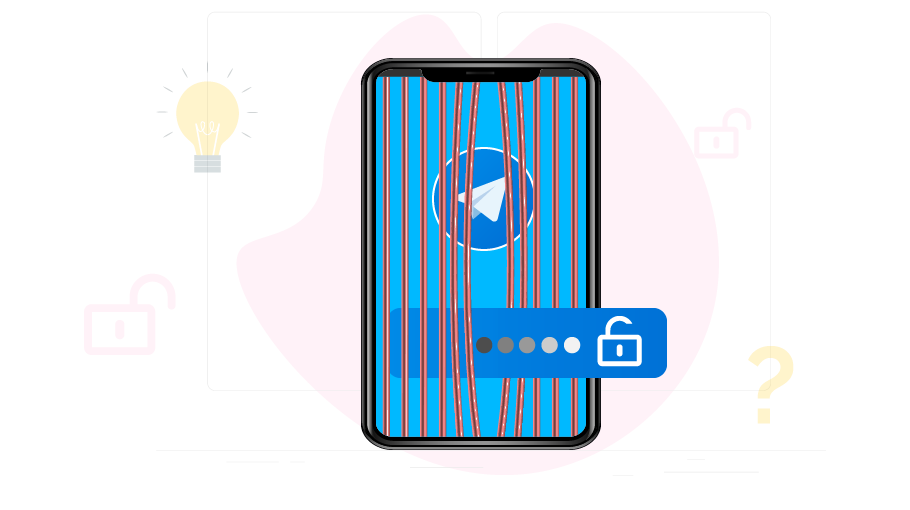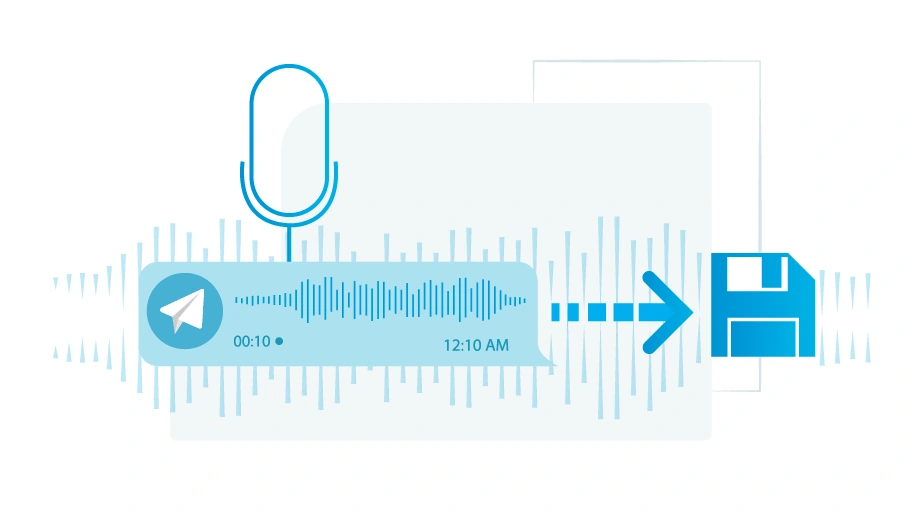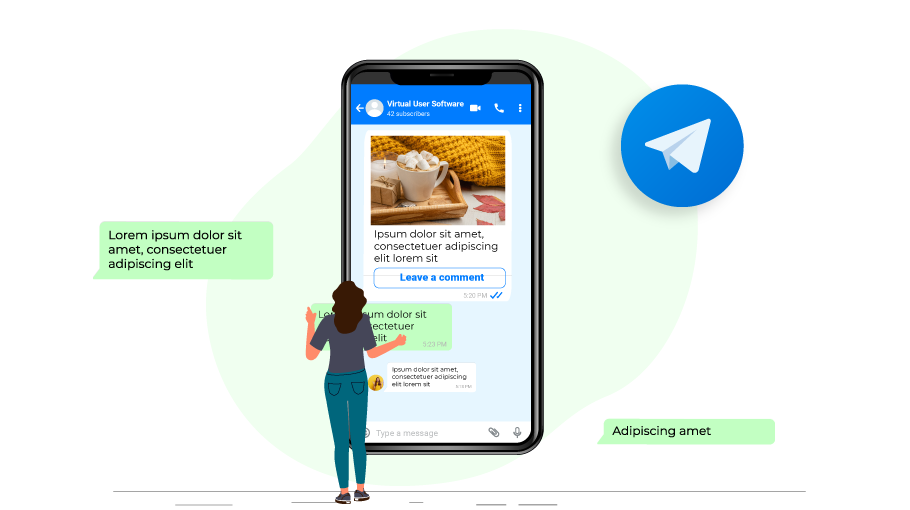Revolutionizing Healthcare: Integrating RPA with EMR/EHR Systems
Table of content
The healthcare realm has undergone a dramatic shift in recent years. Robotic process automation lies at the core of this digital transformation. RPA is at the forefront of revolution. It automates repetitive tasks, enhancing clinical efficiency, alleviating administrative pressure, mitigating errors, and elevating patient experience.
RPA—Leading the Digital Shift
It is an artistic technology that works wonders, especially in labor-intensive processes. It promises resilience, accuracy, and efficacy. During the COVID pandemic, when the scarcity of doctors and staff reached its height, RPA came into play. It is the result of pressing issues that leave a gap in the healthcare infrastructure.
Robotic process automation leads the digital shift by addressing pain points and accelerating business transformation. It isn’t just about managing daily activities but offers thorough assistance in resource allocation, bill processing, etc., to shape extensive clinical processes. Promising EHR vendors like AdvancedMD , DrChrono, etc., have RPA embedded within their framework.
Dominating The Market—RPA in Action
As manual administrative and operational processes cause referral delays, RPA regulates them. It bids farewell to manual appointment booking, patient checkouts, bill processing services, etc.
To date, many healthcare organizations rely on manual patient appointment handling, which frustrates clinical administration and even patients who are trying to navigate the system.
Did you know that healthcare spends a staggering amount of $2 billion on poorly handled clinical data? And insurance companies are dispensing millions for handling physician data errors? In times like these, the RPA takes charge.
This is where it steps in, encouraging healthcare organizations to improve care quality, cut administrative costs, and drive efficiency. These factors fuel the incorporation of RPA in the healthcare realm. The global RPA market in healthcare is projected to grow from 1.2 billion in 2023 to 3.9 billion by 2030, at a CAGR of 18.2%. Here are some mind-blowing RPA statistics.
- It can reduce administrative costs by 30-50%
- Ensures 90% accuracy in automated claims processing and reduces processing time from days to minutes.
- Users claim they experience a 40% reduction in errors and faster discharge processing with RPA.
Shaping Clinical Operations With RPA—The Benefits
-
Efficiency & Time Savings
RPA can reduce EHR data entry time by 50-70%, allowing clinicians to focus more on patient care. Moreover, it automates patient registration & EHR updates, cutting processing time from 10 minutes to under 2 minutes per record.
-
Reduction in Errors & Improved Accuracy
Manual EHR data entry errors drop by 30-40% with RPA, reducing compliance risks.
Additionally, automated EHR coding improves billing accuracy by 85%, minimizing claim denials. -
Cost Savings & ROI
Hospitals using RPA for EHR workflows save roughly $1.2M annually by reducing administrative FTEs. Automating EHR interoperability also reduces integration costs by 35%.
-
Clinician Burnout & Productivity
70% of physicians report reduced burnout when robotic process automation handles EHR documentation burdens. Users share that automated chart retrieval saves 4+ hours per week per clinician.
RPA Use Cases in EHR—Plausible Implications
With digitization at its peak, RPA streamlines clinical operations by thoroughly integrating into EHRs. This harmonious blend exemplifies efficiency in clinical workflows and excellence in care delivery. Bring comfort to your healthcare systems with RPA integration by exploring its valuable implications.
Patient data migration between EHR systems
RPA simplifies data migration between EHR systems. This integration is fruitful for healthcare networks as it helps attain seamless interoperability. It supports patient data validation, enabling secure data sharing among care systems while promising data integrity. Moreover, it ensures HIPAA-compliant data migration with 100% accuracy in medical records, etc.
Real-time EHR updates
RPA bots support instant synchronization by fetching lab and radiology reports and e-prescriptions for automated system updates. This allows patients to view real-time updates , elevating transparency and boosting patient confidence in your practice. Eliminating manual updates, RPA speeds up documentation processes, reducing errors and improving care quality.
Automated compliance reporting
RPA auto-generated audit logs, access reports, and CMS-required documentation with zero human intervention. It even flags unauthorized EHR access to minimize HIPAA violations. This artistic feature reduces compliance risk by 90% and thus can improve the financial health of your medical practice.
Future Trends—The Next Frontier in Healthcare Automation
RPA integration is ever evolving and driven by technological advancements. It harnesses the synergy of automation and clinical intelligence to redefine clinical workflows. Here are the top disruptive future trends ready to take the healthcare sphere by storm.
Generative AI with RPA
AI, when fused with RPA, acts as a phenomenal technological innovation. For instance, AI chatbots amplify patient experience by making chats more responsive and effective. Besides that, there are AI-powered scribe bots that auto-generate structured notes by listening to patient-doctor conversations.
Blockchain and RPA
The blend of blockchain and RPA is flawless. The smart contracts automate EHR access logs, ensuring immutable, HIPAA-compliant audit trails. This dramatically prevents healthcare fraud, as blockchain-powered RPA bots x auto-flag suspicious EHR access and log it on a decentralized ledger.
Predictive RPA
Predictive RPA is here to rule the world. High-tech systems like TheraNest, a psychiatry EHR , offer this unprecedented proactive patient care service. By scanning EHR data, it predicts patient no-shows, readmissions, and sepsis risks. That’s not all. It also assesses and evaluates patient records and suggests treatment options, reducing the hospital readmission rate for good.
IoT plus RPA
Real-time patient monitoring is another implication worth mentioning that’s gaining a boom in the care realm. Thanks to RPA, you can now remotely monitor patient vitals by seamlessly integrating wearable devices like glucose and blood pressure monitors with EHR to record patient vitals in real time. This valuable spec is shaping the care norms by improving patient care quality.
The Bottom Line: The EHR of 2030
By the end of the decade, RPA-powered EHRs will:
- Auto-document visits via ambient AI.
- Self-audit compliance via blockchain.
- Predict & prevent patient risks proactively.
- Control entirely by voice, eliminating clicks.
Are you ready to integrate RPA into your EHR? Start with claims automation or patient onboarding for quick ROI! You can opt for comprehensive EHR platforms, ones with RPA service embedded within, like Epic, athenahealth, AdvancedMD, etc.
RPA matters. From enhanced client satisfaction to clinical efficiency, from compliance regulation to error reduction, it offers many impressive qualities that will blow physicians' minds. Wait no more and upgrade your EHR system by integrating with RPA to revolutionize healthcare.


